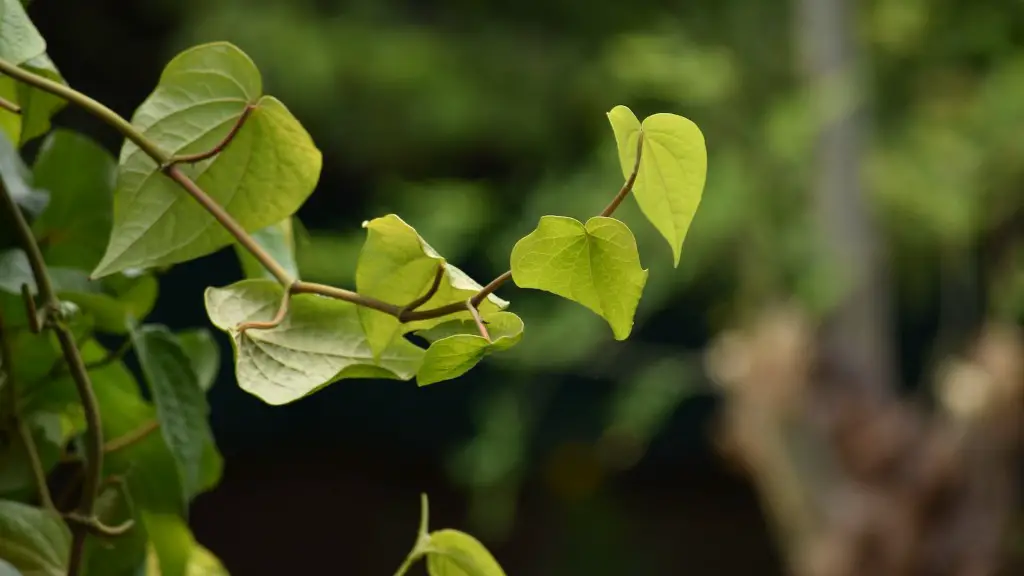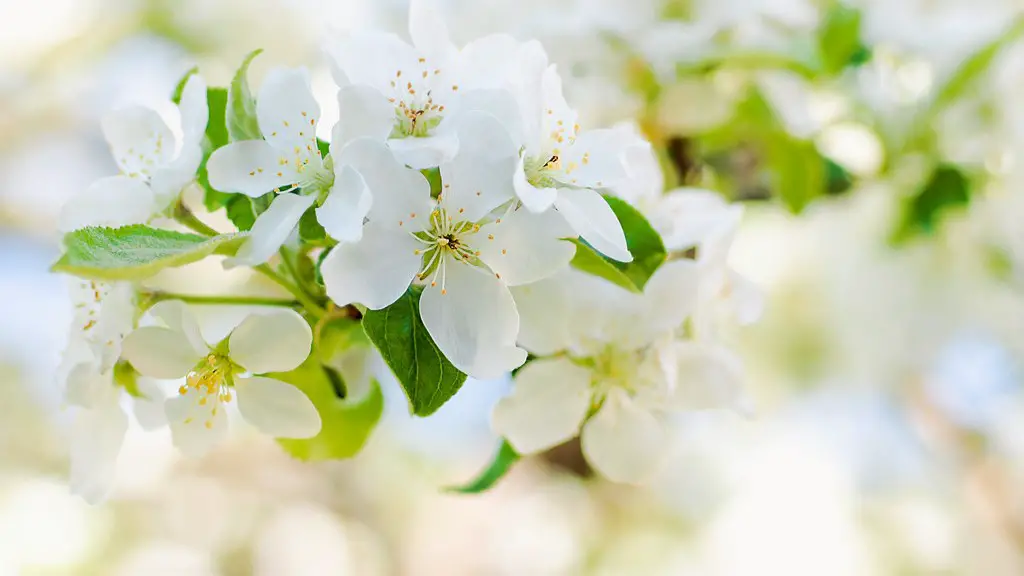Apple trees look their best when they are shaped properly, yet knowing when and how to perform the right pruning can be tricky. In general, pruning an apple tree should be done in either late winter (ideally while the tree is still dormant) or in late summer after new growth appears and as many fruits start to ripen as possible. Cutting branches at the wrong time of year can cause damage to the tree, stunt its growth, and leave it defenseless. Here is an overview of the best times and techniques for pruning apple trees.
Early Pruning Guide
Pruning when the tree is still dormant is termed as ‘formative pruning’ and should be done ideally in late winter before the buds start to swell. This pruning focuses on the actual shape of the tree and the development of its structure, so it should be done before any new growth appears in the spring. The idea is to remove any old and damaged branches, stimulate the formation of water shoots, and reduce the number of potential fruit-bearing branches. Make sure to check for any spots that are susceptible to disease and then remove them, as well as any branches that are blocking the light and preventing new growth. Overall, the goal should be to create a nicely balanced crown that is uniform and symmetrical.
Late Pruning Guide
Once the growing season has begun and fruit-bearing in the tree is imminent, then it’s time to start the late pruning. The process of late pruning is also known as ‘fruit thinning’ and it’s done with the intention of encouraging higher quality fruits. Since each apple tree can only support a certain number of fruits, you need to remove some of the excess so the remaining fruits can be larger and of better quality. The process of late pruning also involves opening the interior of the tree and encouraging better air circulation, which can prevent the problems caused by excessive shade and disease.
When to Cut Apple Tree Branches During Pruning
The best time to start pruning an apple tree is late winter before its buds start to swell. To figure out precisely when computer-controlled models determine the average bud-swelling start date. An apple tree should be pruned when those buds reach 70-90% swelling, which typically corresponds to an average nighttime temperature between 35-40°F. If the temperature stays cold for an extended period of time and the buds don’t swell, then pruning can be delayed until later in the spring.
Type of Pruning Tools
When pruning an apple tree, the most important tool to use is a good pair of pruning shears. The best pruning shears are those made from high-quality stainless steel, which can easily be cleaned and prevent any decay or disease from spreading. When pruning the thicker branches of an apple tree, a handsaw or lopper can be used to get the job done. However, pruning shears can usually get it done on their own unless the branch is too thick or too tall.
After Pruning Care
When you’re done with pruning, the next step is to care for the apple tree. To prevent the spread of disease and the establishment of any pests, it’s essential to clean the pruning tools and dispose of any cuttings away from the tree. Once the tree has established new growth and the fruits begin to ripen, it’s important to not over-fertilize the soil and keep the weeds away from the base of the tree.
Pruning Techniques to Avoid
When removing branches and shaping an apple tree, it’s important to make sure that pruning cuts are made correctly, as incorrect cuts can cause stems to die back or fruit-bearing shoots to be eliminated. When pruning, you should never leave any stubs or cuts that aren’t flush with the branch, as this can leave the tree susceptible to disease and parasites. You should also never top an apple tree, as doing so will prevent new growth and cause the tree to become weakened.
Considerations Before Pruning
Before you start pruning your apple tree, it’s important to take a few things into consideration. First, make sure that you are aware of any local laws or restrictions regarding pruning in your area. It’s also important to make sure that you are up to date on any safety precautions and that you have the necessary tools and ladder for the job. Lastly, make sure that you give yourself enough time to complete the pruning and don’t rush the job.
Pruning Frequency
When it comes to pruning apple trees, it’s important to prune them regularly but also not too often. If a tree isn’t pruned enough, it will outlast its welcome and become unproductive, while pruning too often can leave the tree susceptible to disease or pests. Most apple trees should be pruned a minimum of once every three years, but that number could go up depending on the condition of the tree and the environment.
Benefits of Pruning an Apple Tree
Pruning apple trees can provide a host of benefits. Pruning an apple tree can stimulate new growth, reduce the number of pests and diseases, open the interior of the tree for better circulation, and produce high-quality fruits. Additionally, pruning can also increase the lifespan of the tree and ensure that it stays healthy throughout its life.
How to Dispose Pruned Branches
Once you have finished pruning an apple tree, you need to make sure to dispose of the cuttings properly. If the tree was not diseased, then the cuttings can usually be composted or used as mulch. However, if the tree was diseased, then the cuttings should be disposed of in a plastic bag and placed in the trash or burned.
Best Practices for Pruning Apple Trees
When pruning an apple tree, it’s important to follow a few best practices to get the best results. First, make sure to clean and sanitize your pruning tools regularly. Second, always prune for the overall shape and health of the tree, not just for aesthetics. Finally, make sure to follow through with after-pruning care, such as removing any dead branches, disposing of the cuttings, and replenishing the soil.


